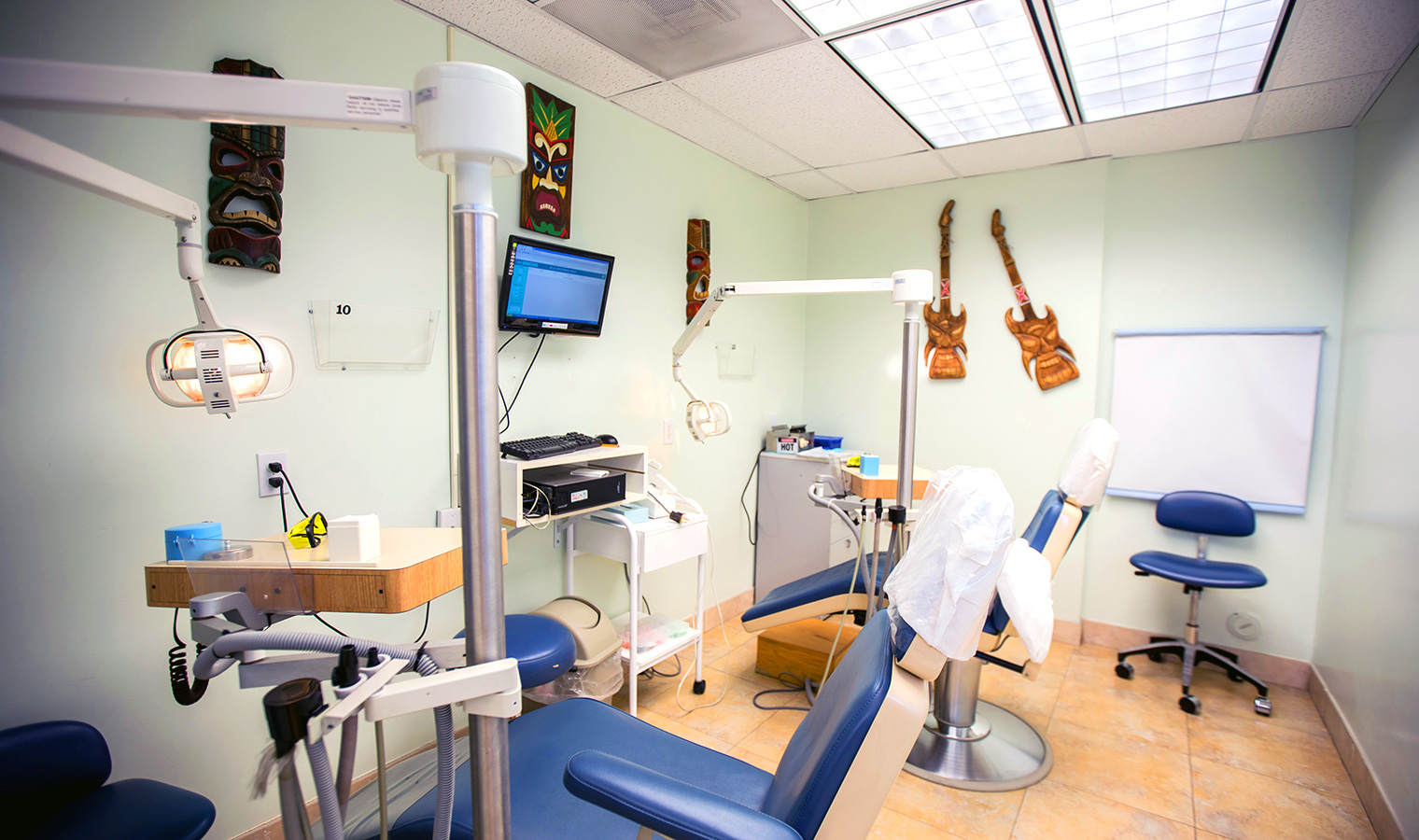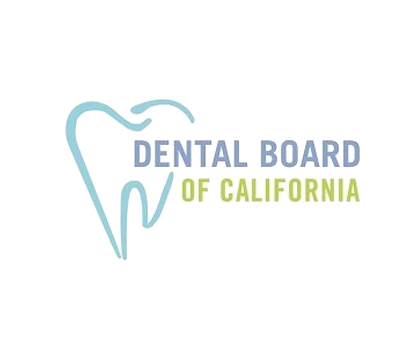If you’ve ever experienced jaw pain or discomfort, you know how debilitating it can be. Temporomandibular joint (TMJ) disorders affect the joint that connects your jaw to your skull, and they can lead to a host of frustrating symptoms. In this post, we’ll discuss what TMJ pain feels like, when it’s time to see a doctor, and the various treatment options available to help you find lasting relief. Let’s break the pain cycle and get you back to enjoying life, pain-free!
What Does TMJ Pain Feel Like?
TMJ pain can manifest in various ways, and its intensity and characteristics can differ from person to person. Here are some common symptoms you might experience if you’re dealing with a TMJ disorder:
-
Jaw pain or tenderness: This is often the most noticeable symptom of TMJ disorders. You might feel pain or discomfort in your jaw, particularly when chewing, speaking, or yawning. The pain may be sharp, throbbing, or aching, and can be localized to one side or both sides of your face.
-
Aching or throbbing in the face or neck: In addition to jaw pain, you may experience aching or throbbing sensations in your face, neck, or even shoulders. This can result from muscle tension or inflammation caused by the TMJ disorder.
-
Headaches or migraines: TMJ disorders can cause tension headaches or migraines due to muscle strain and inflammation around the jaw joint. The pain might be felt at the temples, forehead, or back of the head and can range from mild to severe.
-
Earaches or ringing in the ears (tinnitus): TMJ pain can sometimes be felt in or around the ears, causing earaches, a feeling of fullness, or ringing in the ears (tinnitus). This occurs because the temporomandibular joint is located near the ear, and its dysfunction can affect surrounding structures.
-
Difficulty opening or closing your mouth fully: TMJ disorders can cause limited jaw mobility, making it challenging to open or close your mouth fully. This can affect your ability to eat, speak, or yawn comfortably.
-
A clicking or popping sound when you open your mouth or chew: This is a common symptom of TMJ disorders and occurs when the jaw joint’s articular disc moves out of its proper position. While clicking or popping sounds are not always painful, they can indicate joint dysfunction.
-
Locking of the jaw: In more severe cases, the jaw can become locked, making it difficult to open or close your mouth. This can be a result of the articular disc becoming displaced or due to muscle spasms in the jaw muscles.
-
Changes in the way your teeth fit together: TMJ disorders can sometimes cause changes in your bite, or the way your upper and lower teeth fit together. You might notice that your teeth no longer align correctly or feel discomfort when biting down.
Keep in mind that these symptoms can also be caused by other issues, such as toothaches, sinus infections, or nerve disorders, so it’s important to consult a professional for a proper diagnosis. Your dentist or healthcare provider can help determine whether your symptoms are due to a TMJ disorder or another underlying condition.
When should I see a doctor for TMJ?
If you’re experiencing persistent jaw pain or any of the symptoms listed above, it’s time to schedule an appointment with your dentist or primary care doctor. While occasional jaw discomfort may not be a cause for concern, persistent or worsening symptoms warrant a professional evaluation. Early intervention can help prevent long-term complications and provide relief from the painful symptoms of TMJ disorders.
What Can a Dentist Do for TMJ?
When you visit a dentist for TMJ-related issues, they’ll start by examining your jaw, face, and teeth to determine the root cause of your discomfort. They may also take X-rays or order other imaging tests, such as MRI or CT scans, to get a better look at your jaw joint and surrounding structures. Once a TMJ disorder is diagnosed, your dentist can recommend a variety of treatment options tailored to your specific needs. These may include:
-
Home remedies: Your dentist might suggest at-home treatments such as over-the-counter pain relievers (e.g., ibuprofen or naproxen), moist heat or cold packs applied to the affected area, and consuming soft foods to alleviate your symptoms. They may also recommend avoiding activities that strain the jaw, like excessive chewing, yawning, or teeth grinding.
-
Oral appliances: Custom-made oral appliances, such as splints or bite guards, can help reposition your jaw and alleviate pressure on the joint. These devices are typically worn at night to prevent teeth grinding and clenching, which can worsen TMJ symptoms. Your dentist will create a mold of your teeth to ensure a proper fit and adjust the appliance as needed for maximum effectiveness.
-
Physical therapy: Your dentist may refer you to a physical therapist who specializes in treating TMJ disorders. Exercises to strengthen the jaw muscles, improve flexibility, and promote proper alignment can be beneficial in reducing TMJ pain. The therapist may also use other techniques, such as ultrasound therapy, massage, or electrical stimulation, to relieve muscle tension and inflammation.
-
Medications: Prescription medications, such as muscle relaxants, anti-inflammatory drugs, or even low-dose antidepressants, may be prescribed to help manage your symptoms. These medications can help alleviate pain, reduce inflammation, and improve sleep quality, which can be disrupted by TMJ pain.
-
Stress management techniques: Learning relaxation techniques, such as deep breathing exercises, meditation, or yoga, can help reduce jaw tension and alleviate TMJ pain. Your dentist may also recommend counseling or cognitive-behavioral therapy to help you identify and manage stressors that contribute to your TMJ symptoms.
-
Occlusal adjustments: In some cases, your dentist may recommend adjusting the way your teeth fit together (occlusal adjustment). This could involve reshaping the biting surfaces of your teeth or using orthodontic treatments, such as braces or clear aligners, to correct misaligned teeth or bite problems that contribute to TMJ pain.
Remember that finding the right treatment approach for your TMJ disorder may take time and patience. It’s essential to maintain open communication with your dental care provider to ensure you’re making progress and finding the most effective solutions for your specific situation.
Conclusion
Breaking the pain cycle of TMJ disorders is possible with the right combination of treatments and preventative measures. By working closely with our dentist or healthcare provider, you can find effective solutions to manage your symptoms and enjoy lasting relief from TMJ pain. Don’t let jaw discomfort hold you back—take control of your TMJ disorder today and get back to living life to the fullest! Contact us today and receive the care you deserve.
























